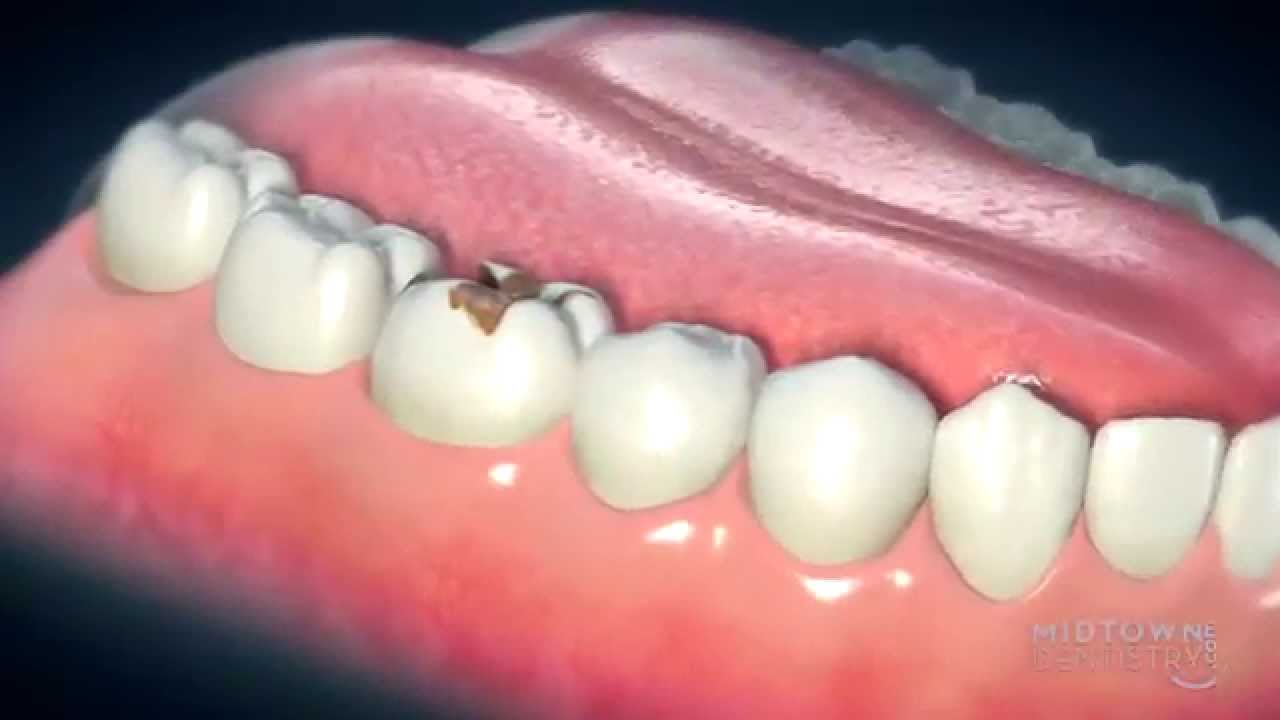Little pain is as crippling as that caused by a toothache, and if you knew that a crown could cause such pain, you’d be the first to be surprised. Pain caused by a dental crown does exist. If you feel any discomfort around your crown, whether it has been fitted recently or not, you will need to have it removed to experience real relief.
Causes of pain from a dental crown
Crowns can reason pain for a number of reasons. If your crown was placed without first root canal treatment (an operation that involves removing dental pulp), then it is likely to apply pressure to a damaged nerve. And unless the bite is perfectly aligned, a patient who grinds their teeth in sleep may experience pain when biting where the tooth is higher than it should be. Pain can also come from previous fillings, especially amalgam fillings, which may have cracks, which can cause bacterial infection of the nerve root. Dental Crownwork as perfect as CEREC dental crown procedures can be
Home treatment
First, you need to determine if you are grinding your teeth at night: an unconscious movement called “bruxism”. You can get a number of reliefs by tiring a normal mouth guard that you can buy online or at a drugstore and doing activities like meditation to reduce your stress and anxiety before bed. Also, try to relax your jaw muscles by placing a warm, damp glove on your cheeks before going to bed. Also, keep your mouth and gums healthy and bacteria-free by brushing and flossing your teeth regularly. Also, use an antibacterial mouthwash to kill 99% of germs and provide optimal protection for 12 hours, even after eating or drinking. sue your dentist for dental negligence compensation
When to go to the dentist for treatment?
If crown pain persists, the sooner you can get a professional diagnosis, the better. Make a meeting with your dentist and give details of your symptoms. Also, tell him if you have bruxism and if there are any measures you have in place to try to relieve the pain.
Resolution of problem
After examining your mouth, the dentist may ask you to bite into an articulated paper to determine if there are any high points interfering with the bite. If necessary, these areas will be filed to allow better occlusion. For bruxism, your dentist can design a personalized overnight mouthguard for you that creates protection between your upper teeth and your lower teeth.
If your dentist finds that the tooth under the crown is infected, they may consider root canal treatment (which may involve removing the crown). In some cases, the dentist may successfully drill an access hole in the crown and then perform the root canal treatment without having to remove and replace the crown. This procedure is complex, but it can save money, as crowns often cannot be reused after removal.
When you experience pain in a dental crown, it is important to identify its cause and remedy it as soon as possible. This type of pain rarely goes away without treatment, and if the measures you take at home do not give you any relief, you must urgently make an appointment with your dentist for professional treatment.






More Stories
Rapid Mental Health Insights With AI-Powered Paper Summaries
4 Key Steps to Summarizing Animal Health Blogs for Easy Consumption
“PicoLaser: Revolutionizing Skincare with the Power of Picoseconds”